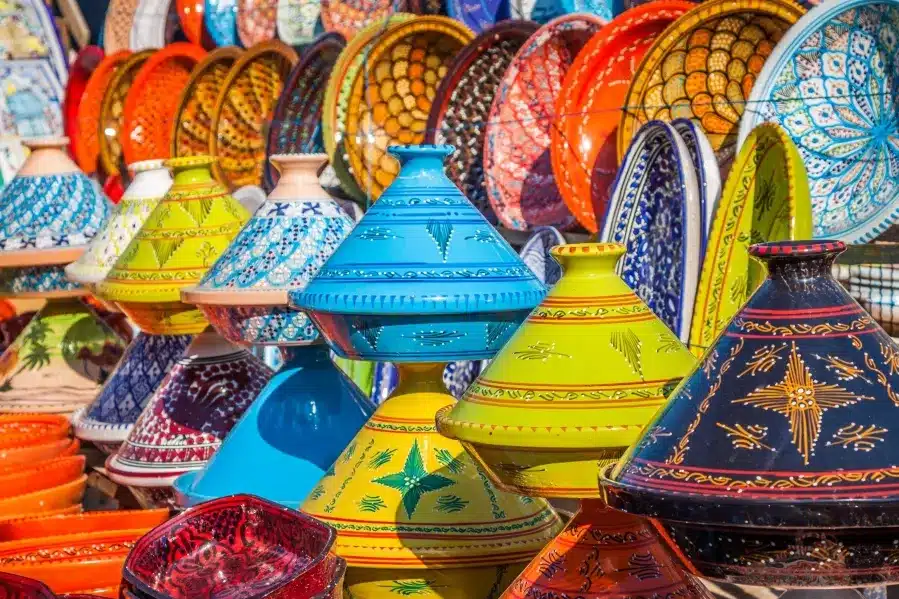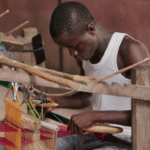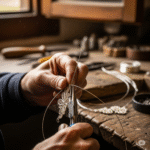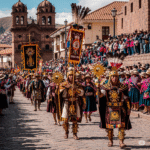In the windswept valleys between the Atlas Mountains and the Sahara Desert lives a man who turns earth into memory. Known simply as Youssef the Potter, he is one of the last remaining Berber artisans who travel between villages with nothing but a donkey cart, a foot-powered wheel, and generations of clay wisdom in his hands.
A Tradition Fired by Earth
Moroccan pottery is centuries old, with roots in Amazigh (Berber) culture, Islamic art, and Andalusian aesthetics. But Youssef’s work represents a rarer form of the craft — nomadic pottery — shaped in temporary camps, using clay dug from the local land and fired in open-air kilns built from stone and dung.
“The earth is different in each valley,” Youssef says. “Some clay sings when I throw it. Some clay cracks. I have to listen.”
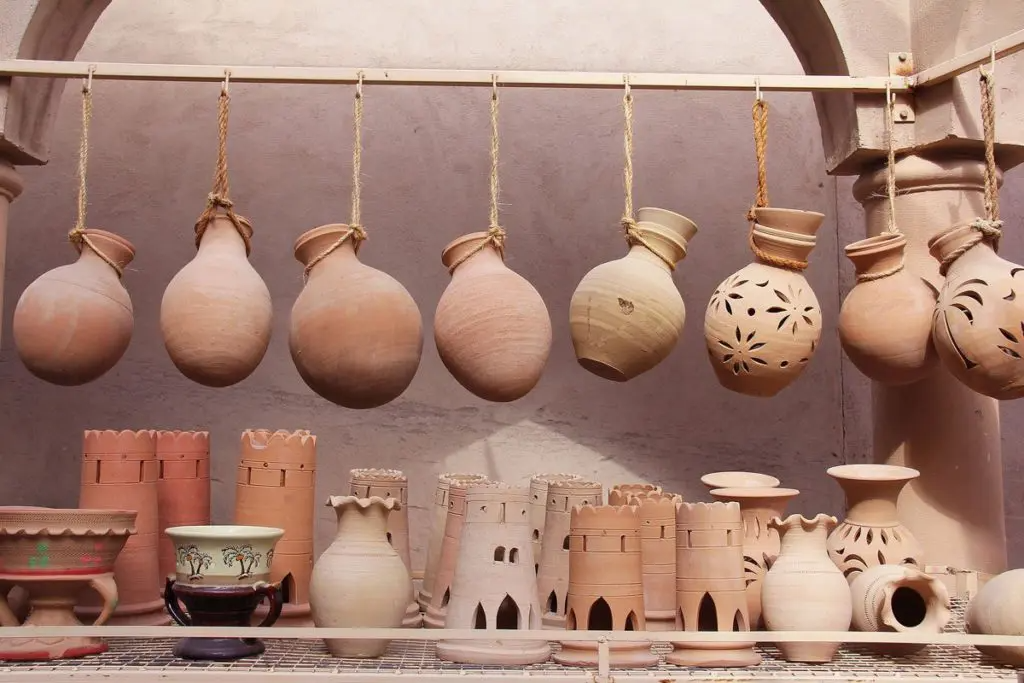
The Making Process
Youssef begins his work by kneeling beside a streambed, digging with bare hands to collect clay that has settled over years. He dries it, crushes it, and filters it with goat hair before kneading it into soft workable dough. His potter’s wheel is a simple wooden disc turned by foot — no electricity, no studio lights.
Each piece he makes — bowls, tagines, jugs — carries the curve of his thumb, the impression of his wrist. His hands know what the clay wants to become.
Symbols in the Sand
Before firing, Youssef decorates the pottery with traditional Amazigh motifs — diamonds for fertility, zigzags for water, triangles for mountains. He uses a handmade reed brush dipped in natural pigments made from saffron, henna, or indigo. Every mark has a meaning passed down through oral tradition.
“When I carve a line, I remember my grandmother’s tattoo,” he says, pointing to a bowl etched with spirals. “It’s not just decoration — it’s a language.”
Firing Without Firewood
In the high plains where wood is scarce, Youssef builds his kilns from dry grass, animal dung, and stones. The firing takes a full day and night, with no temperature gauge — just the changing color of smoke and the sound of popping earth. Pieces that survive are treasures. Those that crack return to the dust.
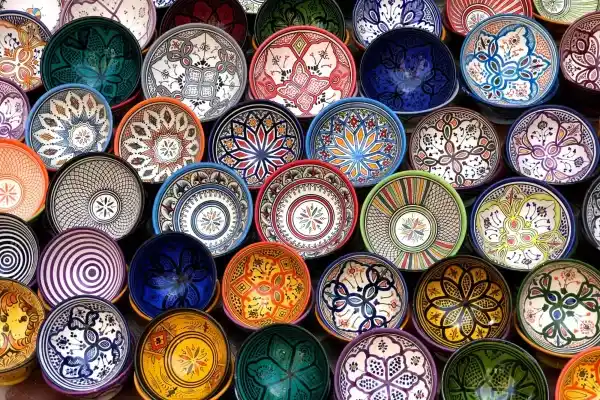
Living Heritage
Youssef’s work is not sold in galleries or exported overseas. Instead, he trades his pots in weekly markets or gives them as gifts. His pottery is meant to be used — not just admired. Tagines for cooking, jugs for water, bowls for couscous. “A pot is happy only when it is full,” he jokes.
Though the world around him modernizes, Youssef continues to live in rhythm with nature, moving between seasons and clay-rich valleys. He teaches children in each village he visits, making sure the story doesn’t stop with him.
Legacy in Clay
In an era of factory-made ceramics and souvenir shops, Youssef’s life is a reminder that true craftsmanship is not just about skill — it’s about memory, movement, and meaning. Each pot holds more than shape and function. It holds silence, story, and soul.
